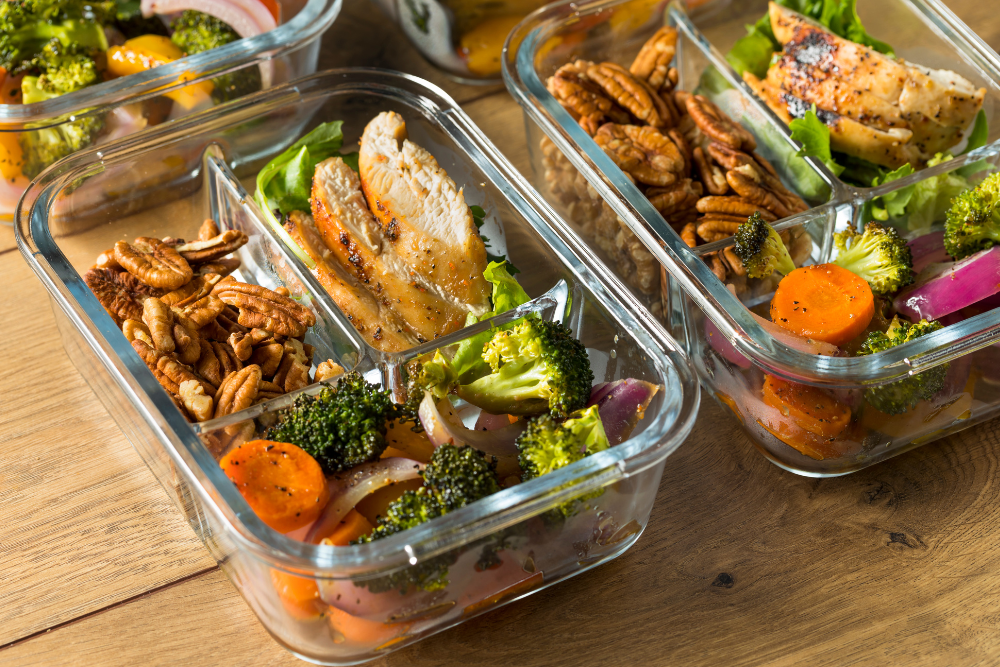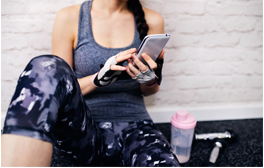
For many, a good night’s sleep can be hard to come by. If you can’t stop tossing and turning, your pillow could be the culprit. Consider these when choosing the perfect product to rest your head.
What’s Your Position?
First, identify your favorite sleeping position. Make sure your pillow properly supports your head and neck to reduce tossing, turning and endless pillow fluffing. The type of pillow you need depends on your preferred sleeping position.
Back sleepers. A fluffy, yet firm, pillow helps keep your spine properly aligned and gives the right amount of support for your head and neck. A contour pillow with a recessed middle is another good option if you prefer sleeping on your back.
Side sleepers. Nearly 70% of the population sleeps on its side. However, side sleeping creates a gap between the neck and mattress, which can cause neck pain. A firm pillow can give your head and neck a little extra support. You could also stack two pillows to avoid discomfort or neck pain the next day.
Stomach sleepers. Stomach sleeping is the least common sleep position. Finding the perfect pillow may be difficult, but it’s not impossible. The goal is to keep your neck straight and as close to the mattress as possible. Try a thin pillow, a soft pillow, or go commando and skip the pillow completely.
Fill It Up
Your pillow’s filling is also a contributing factor in whether you have sweet dreams or sleepless nights.
Wool and cotton. If you prefer a firmer, flatter pillow, wool or cotton stuffing is the way to go. However, these pillows don’t offer much head and neck support, and they tend to flatten out with use.
Down or feather. Pillows filled with down or feathers are typically soft, fluffy and flexible, meaning you can shape them however you’d like.
Memory foam. Memory foam pillows form to your body and offer stable support to your head and neck. Sorry, stomach sleepers, memory foam pillows weren’t made with you in mind.
Pillow Life Expectancy
Regardless of which pillow you choose, don’t get too attached. The average shelf life is 12-18 months because over time, your pillow collects dead skin cells, dust mites, mildew and mold. If you find a pillow you love, consider buying an extra one.
Try It Before You Buy It
Buying a pillow is a big commitment. Do a little research and test a few different types before you buy. If you’re still struggling to fall asleep or stay asleep after swapping out your pillow, you may have a sleep disorder. Take our sleep disorder self-test. If you have questions or concerns, talk with your primary care doctor about getting a referral for a sleep study at the Diagnostic Sleep Center.
Related Articles

November 6, 2024
10000 Steps Good Enough
How many steps did you log today? It’s a popular question, and the gold standard answer is 10,000. Yet, depending on your health goals, you may need to pick up the pace.

May 31, 2019
5 Day Meal Prep
Who says eating healthy has to be difficult? One of our Registered Dietitians shows us how easy it can be to prep lunches for a busy week.

May 31, 2019
5 Foods With Health Benefits
Dark ChocolateBoost your mood and your memory (think antioxidants) by savoring dark chocolate. It may also help your heart health. Just 1 oz. is all it takes...

December 8, 2019
5 Free Indulgences
Are you ready for the hubbub of the holidays? The season’s festivities are always fun, but they can also wear you down. If your holiday spirit needs rechargi...

May 31, 2019
5 Minutes to a Happier You
Feeling stressed, angry or anxious? Head to the great outdoors. A new study has found that a five-minute walk can work wonders for your mood.The more natural...

July 26, 2022
5 Must Have Nutrients
Vitamins and minerals do a body good, but who has time to figure out which foods offer what benefits? This short list of five essential nutrients, opens new ...


